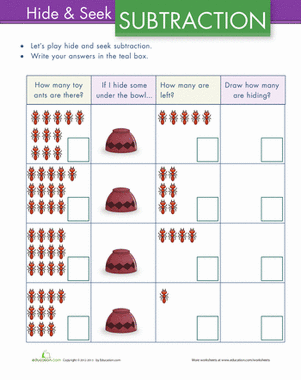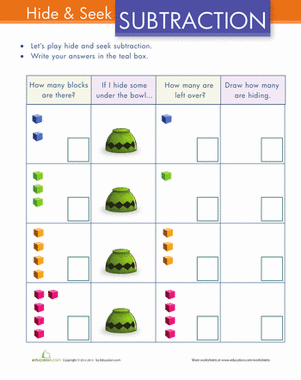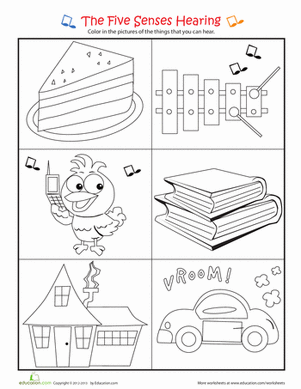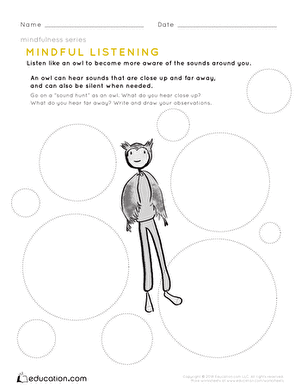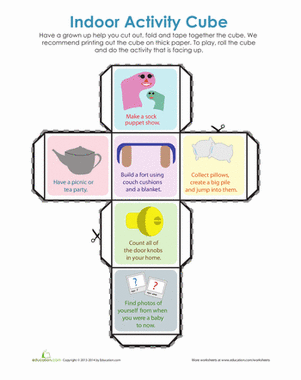Science project
Hide and Go Listen: A Hearing Activity
Grade Level: Preschool-Kindergarten Type: Human Anatomy
Objective:
This project causes young children to focus on and become more aware of their sense of hearing and the power of their ears.
Research Questions:
- What do you hear when you and your friends quietly sit still and listen?
- Can you hear things that you can’t see?
- Can you “follow your ears” to find things that you can’t see?
- Are some sounds easier to hear than others?
Materials:
- A quiet place in which Hide and Go Seek can be played
- Bells, rattle, wood blocks, whistles, other small musical instruments
- One or more friends
Experimental Procedure:
- Sit quietly for a few moments and listen carefully. What do you hear?
- Organize a game of Hide-and-Go-Seek.
- Explain that this new game is just like classic hide-and-go-seek except that the hider will be making a sound and that the seekers should listen for the sound in order to help them find the hider.
- Give the hider a small musical instrument explaining that after he hides he should shake/knock/blow the instrument repeatedly until he is found.
- Repeat the game as often as everyone likes.
- Afterwards you may want to talk about the research questions above.
Terms/Concepts: five senses, sense of hearing
For more hearing practice, play the Round of Sounds!
Disclaimer and Safety Precautions
Education.com provides the Science Fair Project Ideas for informational purposes only. Education.com does not make any guarantee or representation regarding the Science Fair Project Ideas and is not responsible or liable for any loss or damage, directly or indirectly, caused by your use of such information. By accessing the Science Fair Project Ideas, you waive and renounce any claims against Education.com that arise thereof. In addition, your access to Education.com's website and Science Fair Project Ideas is covered by Education.com's Privacy Policy and site Terms of Use, which include limitations on Education.com's liability.
Warning is hereby given that not all Project Ideas are appropriate for all individuals or in all circumstances. Implementation of any Science Project Idea should be undertaken only in appropriate settings and with appropriate parental or other supervision. Reading and following the safety precautions of all materials used in a project is the sole responsibility of each individual. For further information, consult your state's handbook of Science Safety.
Education.com provides the Science Fair Project Ideas for informational purposes only. Education.com does not make any guarantee or representation regarding the Science Fair Project Ideas and is not responsible or liable for any loss or damage, directly or indirectly, caused by your use of such information. By accessing the Science Fair Project Ideas, you waive and renounce any claims against Education.com that arise thereof. In addition, your access to Education.com's website and Science Fair Project Ideas is covered by Education.com's Privacy Policy and site Terms of Use, which include limitations on Education.com's liability.
Warning is hereby given that not all Project Ideas are appropriate for all individuals or in all circumstances. Implementation of any Science Project Idea should be undertaken only in appropriate settings and with appropriate parental or other supervision. Reading and following the safety precautions of all materials used in a project is the sole responsibility of each individual. For further information, consult your state's handbook of Science Safety.

